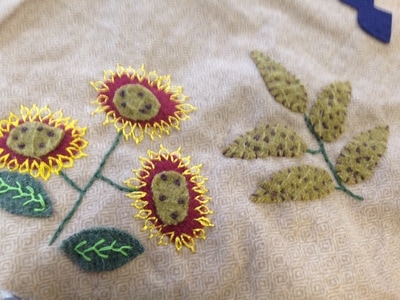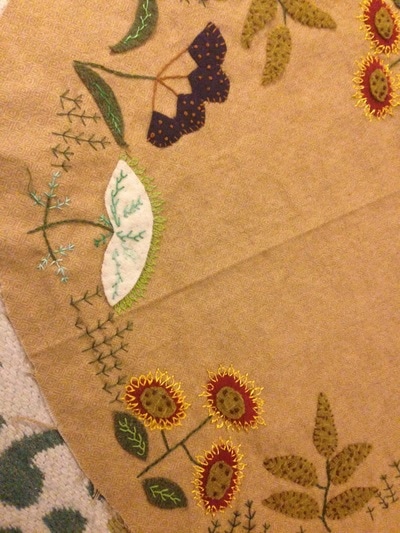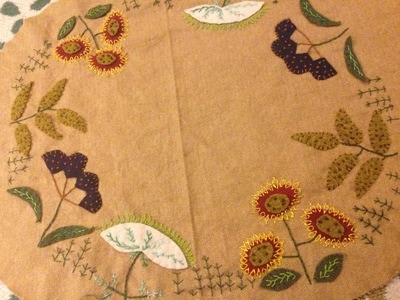|
Embroidery offers an infinite variety of stitches, each with its own impact on projects. Satin stitch has a mirror-like sheen while lazy daisy stitches look just like delicate petals carried away by the wind. Each stitch adds a different kind of texture and movement that adds a third dimension to fabric. Embroidery truly is the special effects department of sewing.
I’m working on a wool wall hanging designed by Primitive Gatherings Quilt Shop. Even though I’ve been doing embroidery for a long time, I had to learn a few new stitches for this project--the feather stitch and the fern stitch. These stitches make the flowers I’m sewing look real!
0 Comments
Libraries have always been a place for communities to share collective property and information, but now some of them are expanding their offerings beyond typical fare such as books, DVDs, and magazines. Imagine checking out a waffle iron, a 3D printer, or a loom from your library. This article from The New York Times explains that this could be the new reality for libraries.
Cost is often an obstacle that keeps us from trying new things. A library of second-hand items would give people the chance to explore their interests without any initial investment. We all have plenty of things that we never use that could be shared with others. Donating a violin that is gathering dust in my closet to the library could give a child a chance to play in her orchestra. In a culture that spends more time on reality TV and 140-character microblog posts than books, it’s no surprise that literacy is declining. A library offering a variety of second-hand items could get people learning again. For example, someone checking out a microscope will probably borrow a few books about how to identify microbes. Second-hand sharing might be exactly what we need to get people learning first-hand, which will ultimately enhance our happiness and wealth as a society. |
Hello, there!
Thanks for visiting! Archives
February 2024
Categories |



 RSS Feed
RSS Feed